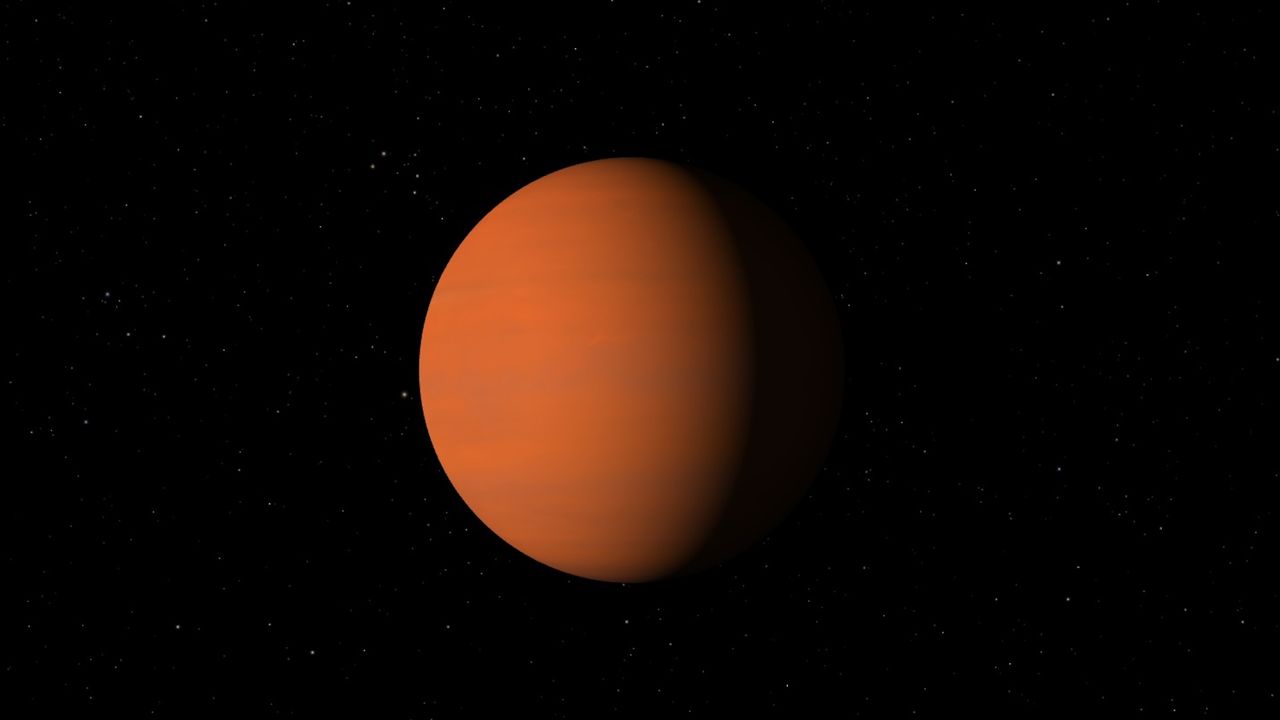
Quick facts
Milestone: Discovery of a Jupiter-size planet around a distant, sunlike star
When: Nov. 1, 1995
Where: Haute-Provence Observatory, France
Who: Michel Mayor and Didier Queloz
In September 1994, a pair of Swiss astronomers at a little observatory nestled in the south of France began training their telescopes on a star about 50 light-years from Earth — and created the field of exoplanet research.
The discovery was the first step in a much more ambitious goal: to prove we are not alone in the universe. Carl Sagan and other astronomers had begun searching for intelligent life as early as the 1960s, but many of those efforts were focused on finding radio signals or other deliberate communications from intelligent, technological life-forms.
But by the 1980s, astronomers realized they could find potentially habitable planets by looking at the light from their companion stars. Astronomers had found hints of a planet circling a pulsar — an ultradense, magnetized star that beams radiation like a lighthouse. But the extreme, destructive conditions surrounding a pulsar made it highly unlikely that life could exist there.
And back in 1987, a Canadian team of astronomers thought they had spotted a planet around another star, only to conclude five years later that the signal did not indicate a planet. (Their first hypothesis was ultimately confirmed in 2003.)
So Queloz and Mayor, who were astronomers at the Geneva Observatory at the time, began looking for anomalies in the trajectories of nearly 150 smaller, more ordinary stars.
After months of observations, they noticed a handful of stars with significant deviations, or wobbles, in their trajectories. They zeroed in on one of those stars: Pegasi 51, located about 50 light-years from Earth in the constellation Pegasus. The middle-age, main sequence star looked a lot like our sun, and the wobble of the star’s velocity suggested it was being tugged back and forth by a planet.
An analysis of the star’s light unmasked the planet, which scientists dubbed 51 Pegasi b, or Dimidium. The astronomers found that the planet was likely a “hot Jupiter” — a giant gas planet that orbits very close to its star. Dimidium, the team found, was a gas giant bigger in diameter than Jupiter with about half its mass. It orbited just 5 million miles (8 million kilometers) from its star. That close orbit meant the planet completed a revolution around its star every 4.2 days. Soon after, scientists at the Lick Observatory in California confirmed the discovery.
On Nov. 1, 1995, Queloz and Mayor described their findings in the journal Nature — and opened the floodgates to exoplanet discovery. Soon after, dozens of exoplanets were found, setting off a race to search for planets that could harbor life and ushering in new techniques to discover them. In 2004, astronomers using the Very Large Telescope in Chile captured the first photographic evidence of an exoplanet orbiting a distant star, with hundreds of others soon to follow.
In 2019, Mayor and Queloz won the Nobel Prize in physics for their work on Dimidium, sharing their prize with Canadian physicist James Peebles, who helped quantify how much of the universe was made of dark energy and dark matter.
Over the next three decades, astronomers would find many more hot Jupiters, hell planets, super-Earths, water worlds and desert planets in the cosmos. To date, we know of at least 6,000 exoplanets — and though none has been found to harbor life so far, we’ve had a few promising candidates.


